Counting Money
Counting money is the process of adding together the values of different coins and bills to find the total amount of money. This skill is important for everyday life, as it helps us understand the value of money and make financial decisions.
Types of Currency
In the United States, the most common types of currency are coins and bills. Coins come in various denominations, including pennies (1 cent), nickels (5 cents), dimes (10 cents), and quarters (25 cents). Bills, on the other hand, come in denominations of $1, $5, $10, $20, $50, and $100.
Counting Coins
When counting coins, it's important to understand their values and how to add them together. For example, if you have 3 quarters, 2 dimes, and 4 pennies, you would add 25 cents (3 quarters) + 20 cents (2 dimes) + 4 cents (4 pennies) to get a total of 49 cents.
Counting Bills
Counting bills follows a similar process to counting coins. You simply add together the values of the bills to find the total amount of money. For example, if you have 2 $5 bills and 3 $10 bills, you would add $10 (2 x $5) + $30 (3 x $10) to get a total of $50.
Adding Coins and Bills Together
Often, you'll need to count both coins and bills together to find the total amount of money. In this case, you would first add the values of the coins and then add the values of the bills, before finally adding the two totals together to find the overall amount of money.
Practice Makes Perfect
Counting money is a skill that improves with practice. There are many games, worksheets, and real-life scenarios that can help you become proficient at counting money. It's important to be comfortable with different combinations of coins and bills to handle various financial situations.
.◂Math Worksheets and Study Guides Third Grade. Counting Money
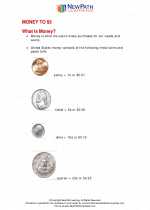
 Activity Lesson
Activity Lesson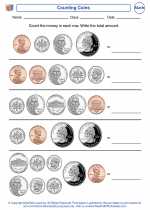
 Activity Lesson
Activity Lesson
 Activity Lesson
Activity Lesson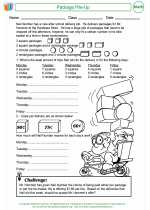
 Worksheet/Answer key
Worksheet/Answer key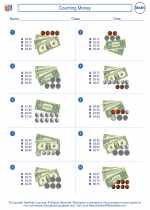
 Worksheet/Answer key
Worksheet/Answer key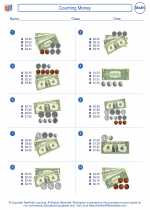
 Worksheet/Answer key
Worksheet/Answer key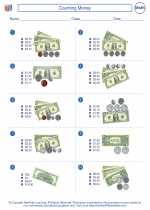
 Worksheet/Answer key
Worksheet/Answer key
 Worksheet/Answer key
Worksheet/Answer key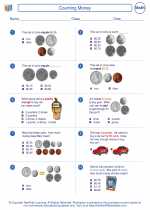
 Worksheet/Answer key
Worksheet/Answer key
 Worksheet/Answer key
Worksheet/Answer key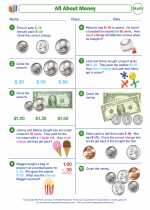
 Worksheet/Answer key
Worksheet/Answer key
 Worksheet/Answer key
Worksheet/Answer key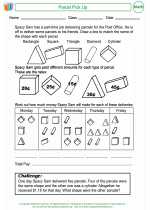
 Worksheet/Answer key
Worksheet/Answer key
